As I was brainstorming blog post ideas for this week, I had just got off a call with one of my friends. She hired an interior designer and was questioning some things. It got me thinking that client/designer etiquette or how to cultivate a good working relationship may not be common knowledge. Having been a designer in the industry for many years, I thought it may be helpful to list out some common pet peeves designers often run into with their clients. Click through for 10 ways to be a bad interior design client… and how to avoid being that person. Trust me, your project and outcome will turn out better if you have good communication and a respectful relationship with your designer! Here’s what NOT to do…
If you’ve worked with a designer, you’re already familiar with how the process works. If you haven’t worked with a design professional in the past, check out this post on what it’s actually like to work with an interior designer. Hopefully it will help shed light on the process, their job duties, training, and can help you decide if hiring someone in the future would be beneficial for your project! Now, let’s dive right into what NOT to do as a design client…
1. Being Unaware or Unrealistic About Your Budget
Some clients don’t fully understand what industry items cost… and why should they know the price of a custom upholstered sofa or how much labor will cost to install kitchen cabinetry? It’s not their job. Luckily, designers can help guide and establish a baseline budget. However, clients should be realistic about their budget and up front about it. Share with your designer what you expect to spend, your goals for your project, then they’ll be able to assist in determining what you can get with the budget you have. Having that transparent conversation early on is key!
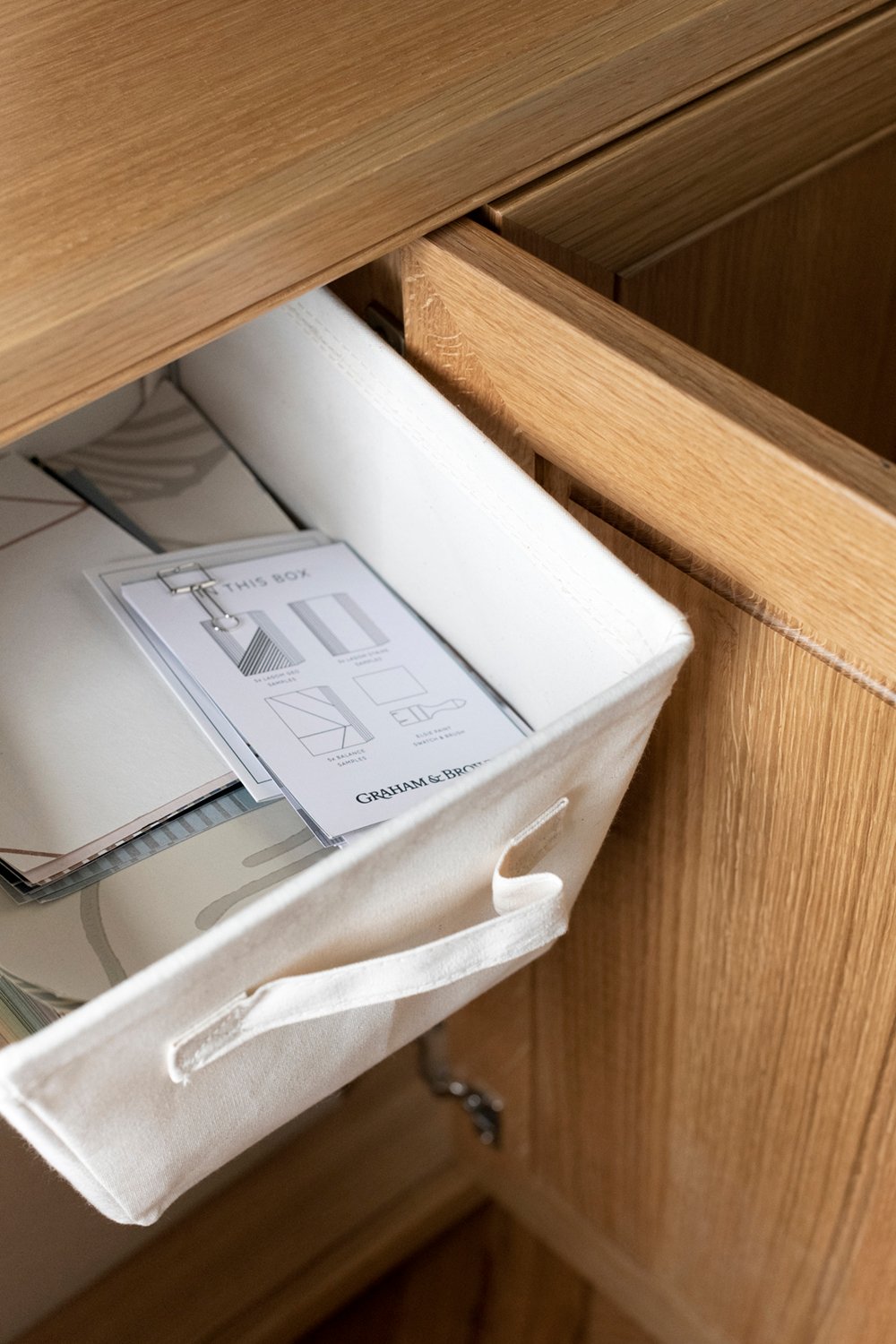
Perhaps budget constraints mean completing the project in phases, maybe it means eliminating something, or perhaps you may need to increase your budget to get everything on your wishlist. Regardless, always go in with a budget and always be totally honest about it with your designer. Otherwise, you may be wasting their time and resources. That brings me to my next point…
2. Expecting Discounts or “Shopping” Your Designer
While I do believe interior design is a fun job- it’s still a job. Designers make money a couple ways… for their time or hours spent on a project, as well as from product sales. Sales make up the larger piece of the pie. Wholesale trade pricing is in place so that industry professionals can make a living. Some designers pass that discount along to their clients (or split it), but charge a higher hourly or per project rate (to recoup the cost).
Most designers don’t pass their trade discount along to clients because that’s how they make a living. You’re still paying the standard retail amount, but they’ll make a 25-50% profit off the items you purchase for your project. This allows them to have a competitive design rate. Don’t go into a client/designer relationship expecting bargains- and don’t nickel and dime your designer. Your industry professional will let you know exactly how they work and will give you a detailed estimate.
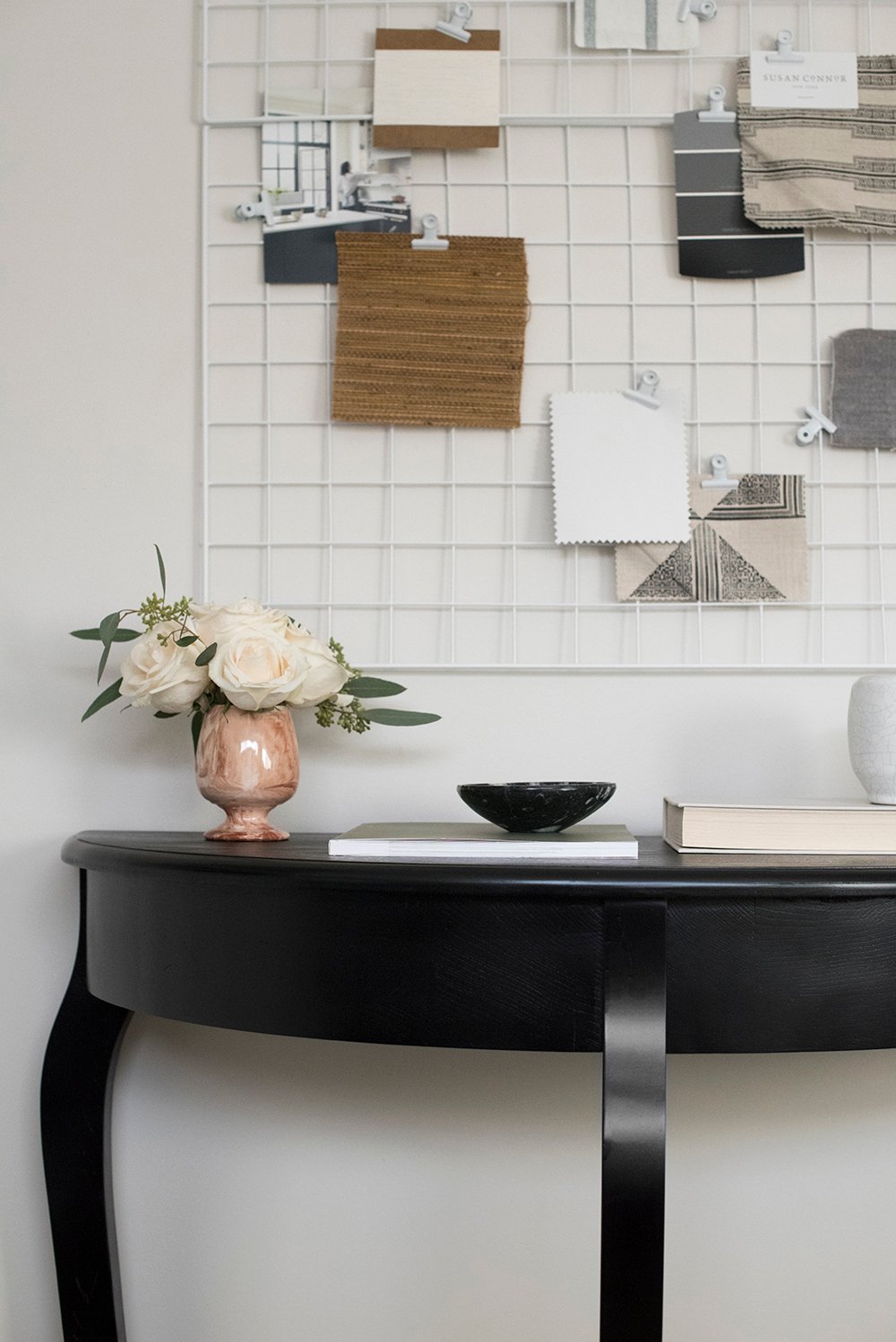
The absolute worst thing you can do is to “shop” your designer. What exactly does that mean? They present you with a plan and an estimate for the items it includes, then you take that plan and find the same (or similar) items on your own… playing the comparative price game. I’m willing to bet you won’t be able to find much lower pricing, or if you do- it won’t be significant. You may not even be able to find it at all, as designers have trade-only sources or often spec custom items that aren’t available to the public.
Buy the furniture, decor, fixtures, and lighting through your designer. They took the time to create a personalized plan for you, are committed to your project outcome, and that’s also how they make a living. Some designers even have contracts in place to prevent this, because it happens more often than you might expect. If your budget is that tight or you have that much time to shop pricing, working with a full-service designer in that capacity probably isn’t the right path for you. I’d recommend taking the DIY route or booking a single consultation or e-design appointment, where a designer can point you in the right direction to move along on your own.
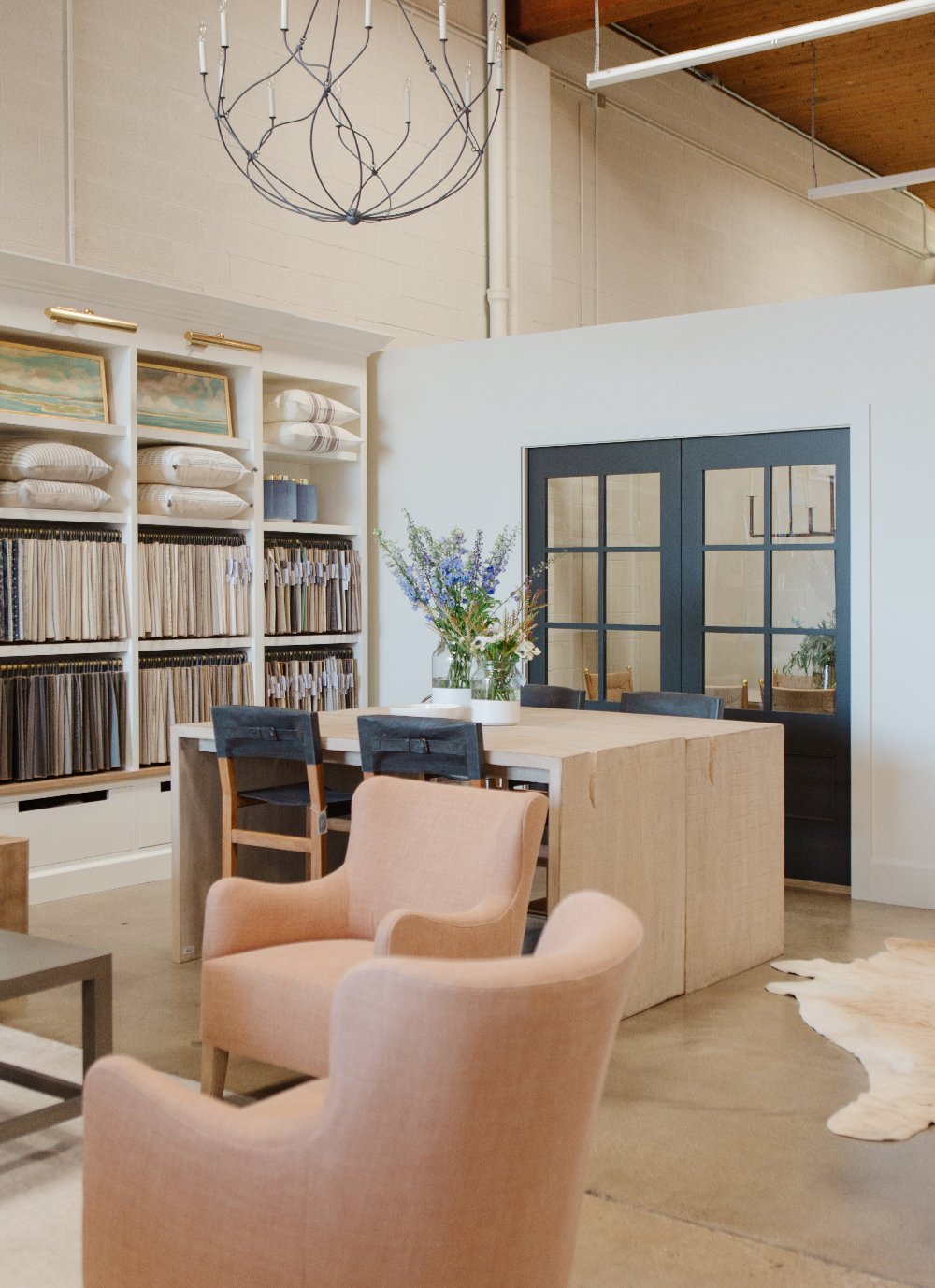
This situation often occurs when clients aren’t up front about their budget or are unaware of how much things cost. As an industry professional, I understand the value, heirloom quality, and price of that handmade, mohair sofa, filled with down cushions, atop a kiln dried frame… made in the USA (most likely North Carolina). However, some clients can have sticker shock which leads them to shop for “better options” on their own when they see a $12k price tag for a piece of furniture. Trust that your designer has your budget in mind and will use it wisely, based on your goals. Remember you hired them for a reason!
3. Not Trusting Your Designer
It’s important to hire a designer your trust. Lack of trust can ruin projects and working relationships. You hired your designer for professional help, in hopes of a stress-free renovation or build… as long as you’ve communicated your goals, budget, aesthetic, and needs… allow them to do their job. They are the professional and also want the best possible outcome for your project. At the end of the day, designers always want their clients to be happy. Micromanaging stifles creativity, eats into your budget, and can cause strain in designer/client relationship.
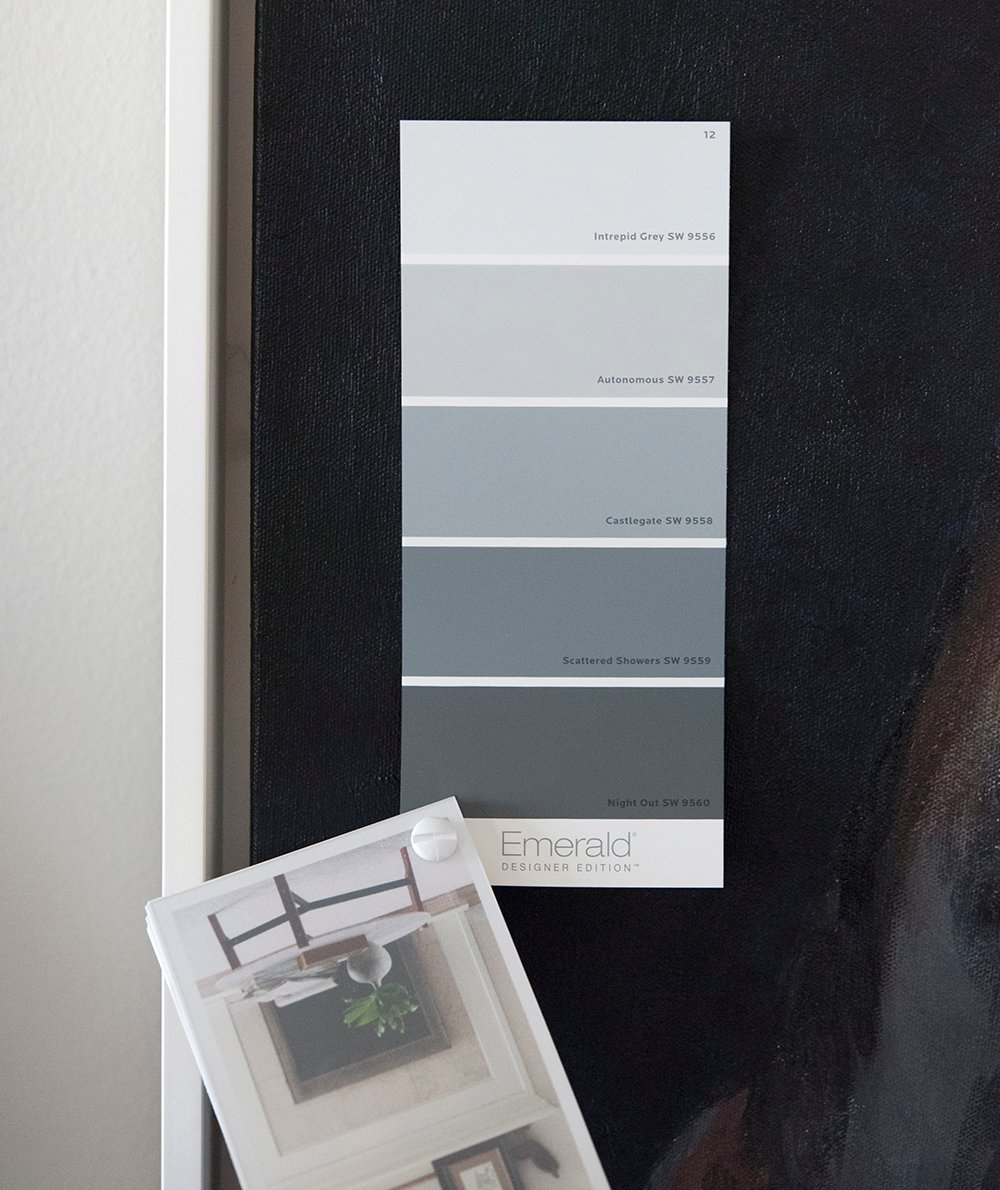
4. Allowing Your Designer to Play Referee
This surprisingly happens more than most would care to admit, but some clients bring drama with their partner to their designer. Sometimes it pertains to the budget, where a partner will ask a designer to remove line items or charge a different form of payment in an effort to hide costs from their significant other. Other times spouses can’t agree on the aesthetic or direction they want to head.
This results in putting your designer in an uncomfortable situation to mediate. Don’t expect your designer to persuade your partner to get on board or hide expenses for your benefit. Playing counselor or referee is not in their job description.
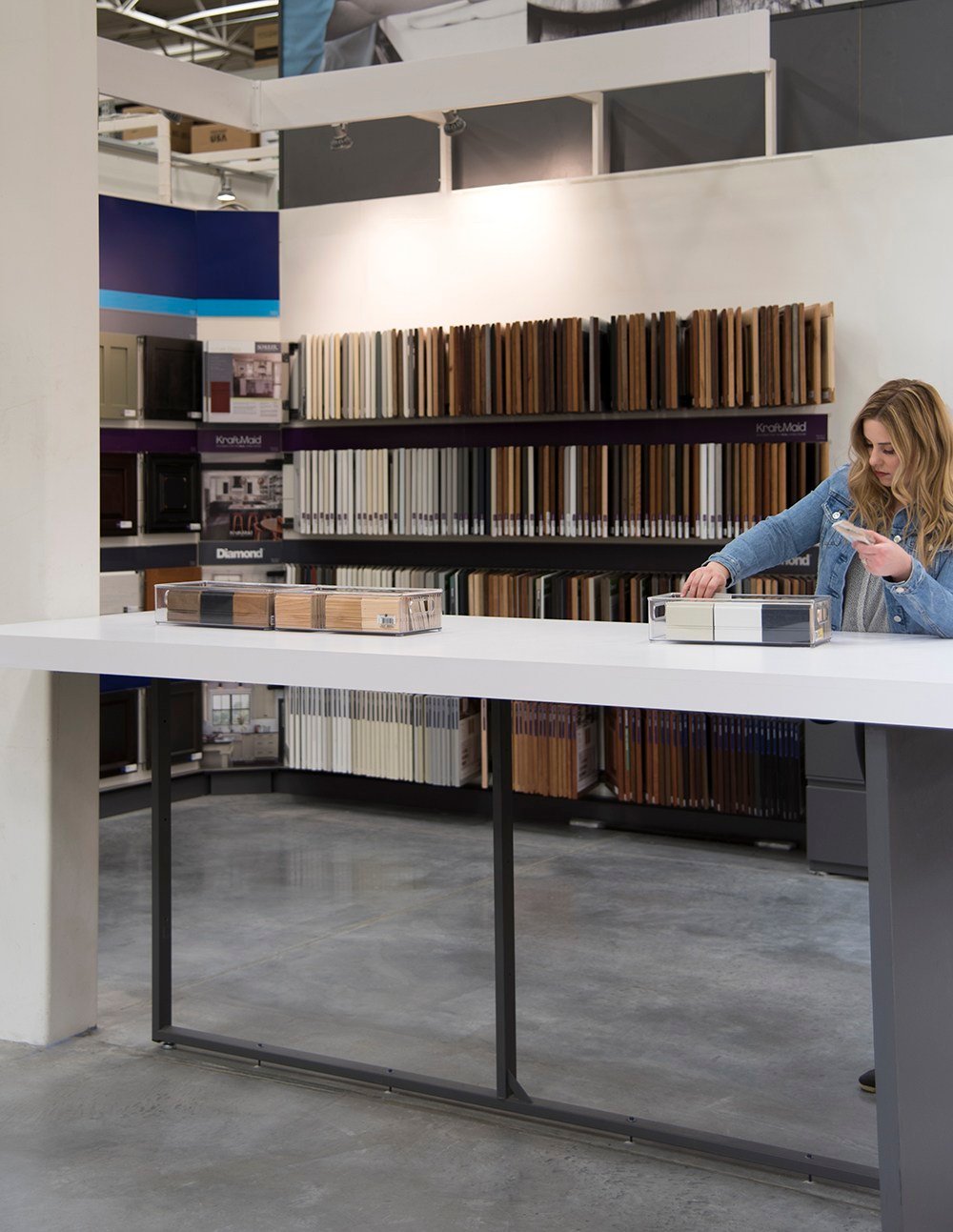
Make mutual decisions with your partner (if they want to be involved), and be up front about the cost. Believe me when I say, this will prevent many uncomfortable conversations. Sure, your designer will present their personal feedback and the option they prefer, but then it’s up to you and your partner for approval.
5. Not Properly Communicating
You would assume having a client that says, “Just run with it!” would be a designer’s best case scenario for creative freedom. However, often times it backfires when a client gives the designer “complete control”… they still have expectations or a vision in their mind and end up being disappointed. Be sure to clearly communicate your goals, budget, vision, and hopes for your project.
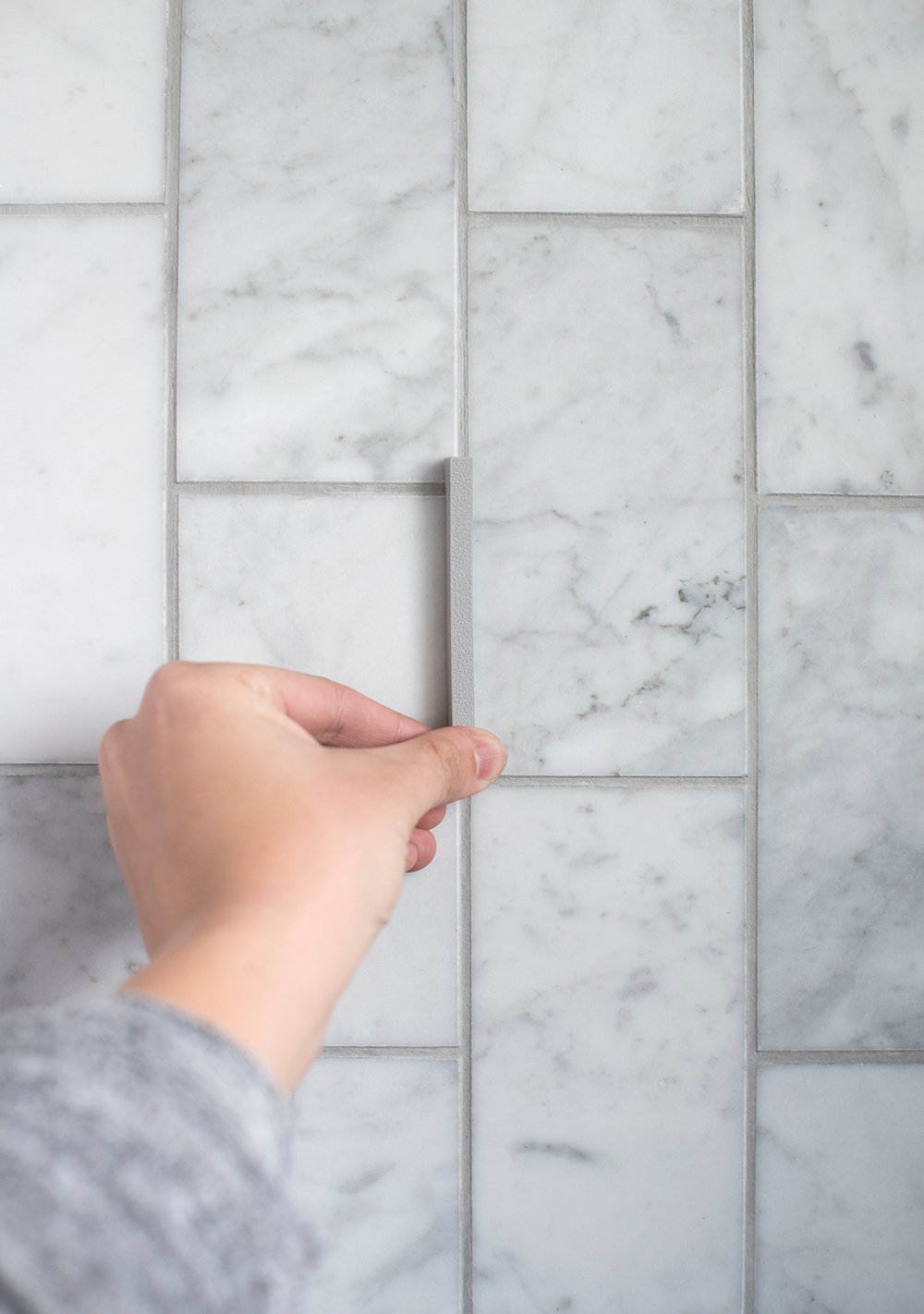
Having a few parameters actually forces designers to get creative. At the same time, allow them to do their job. Checking in everyday or even every week isn’t necessary. Be sure to communicate, but trust their vision and process. Don’t lie if you don’t like something they present- be honest. It’s better to share feedback early in the process, when things can be easily adjusted.
6. Having Unreasonable Expectations
Some clients have unreasonable expectations. Whether it’s too much inspiration (I once had a client share 50+ Pinterest pins with me, and none of them were consistent), an unrealistic assumption of what they can get with their budget, a skewed timeline, or assuming designers are more like magicians… listen to your designer if they tell you something is not in the cards. Being told no is tough, but some things are actually impossible (structurally, budget, lead-times, etc). Trust that your designer is doing all they can to provide you with the best project outcome.
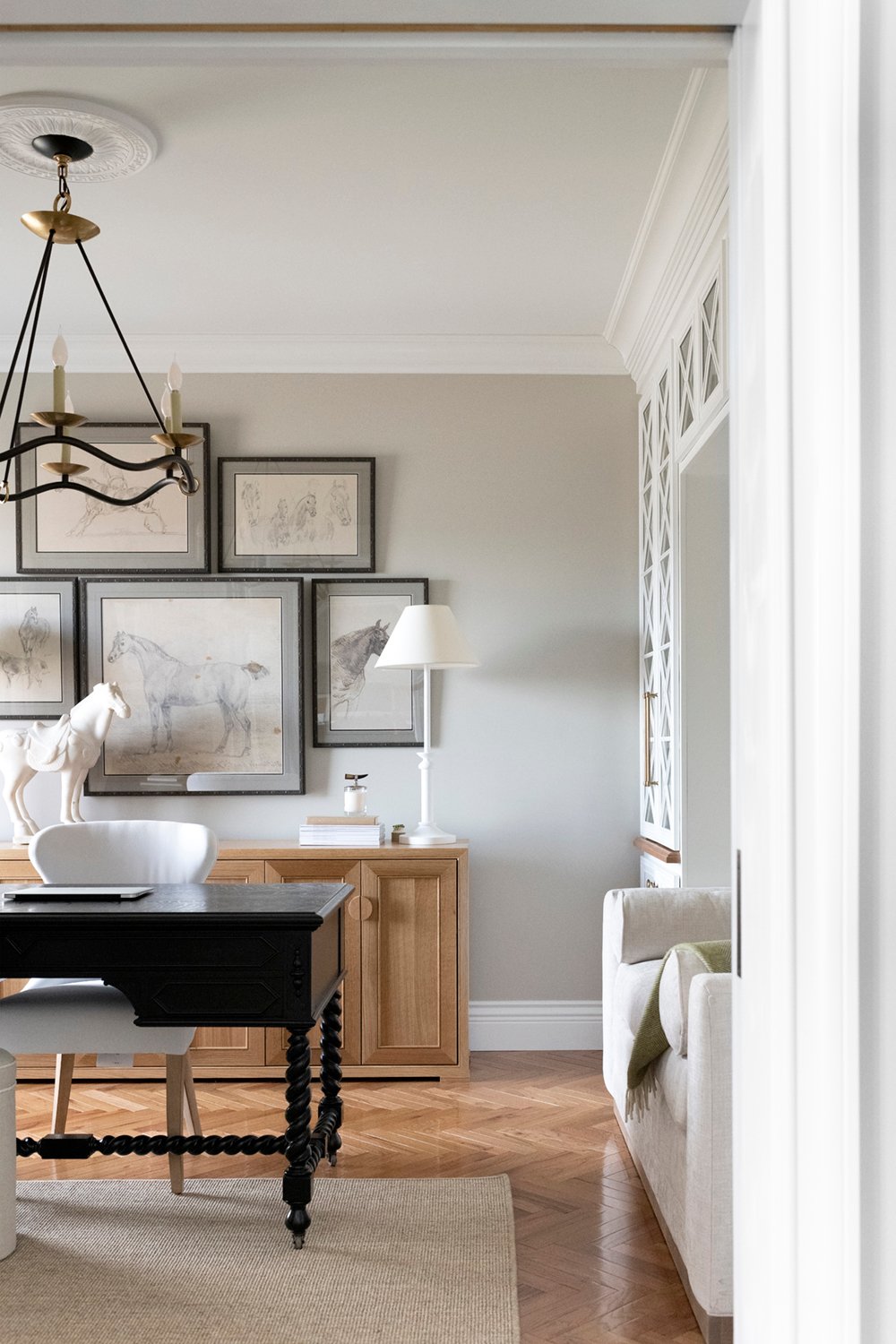
Choose an aesthetic direction, stick to your designer’s plan, understand the budget and timeline, and practice good communication. It’s also worth noting that manufacturing lead-times are out of your designer’s hands. Sure, they’ll keep you in the loop… but it doesn’t help to get angry with them, when it’s out of their control. If it’s something you really want, you have to wait like everyone else. Remember, designers are humans with feelings, too… yelling at them is not going to solve your problems or move your project forward more quickly. They want that pretty mirror or sofa installed in your home just as badly.
7. Making Last Minute Changes
Each designer has their own policy on making changes. In their contract and estimate, you’ll know exactly how many changes they accept, during each phase of the project. It’s important for a client to understand their designer’s policy on updates before a project begins. This is to the benefit of both parties. Some indecisive clients continually make changes. They’ll hop on Pinterest, see something new, and immediately want to apply it to their design plan- which doesn’t aways fit the budget, timeline, or even their aesthetic. This results in lost time, money, and energy for both parties.
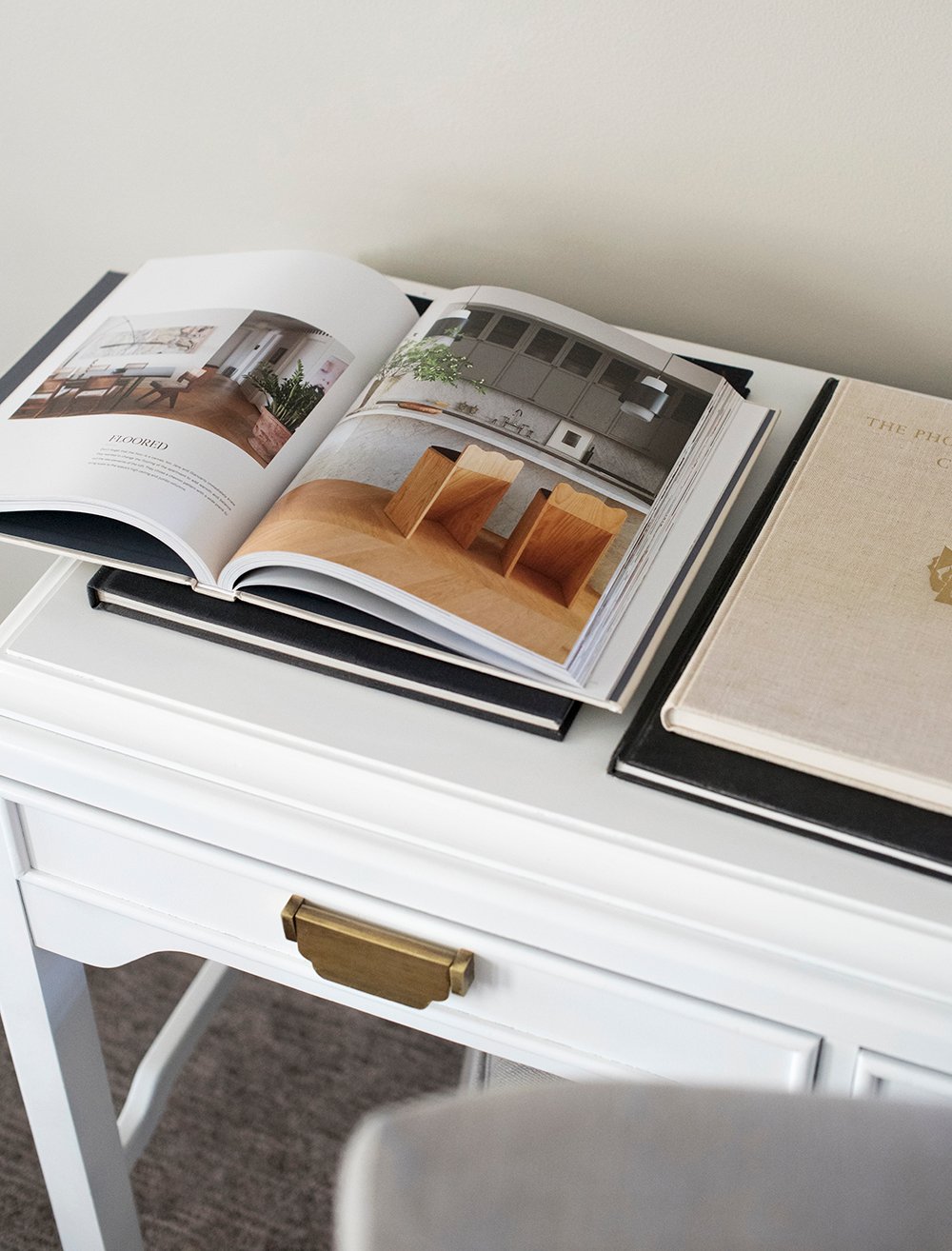
Do communicate your likes and dislikes during the presentation phase of the project, but once things are approved- stick with that direction to avoid fees and adding time to your project calendar. It’s also helpful to keep in mind that design is not a one size fits all solution… something that looks lovely on Pinterest may not work well in your home, and your designer knows best.
8. Not Taking the Advice of Your Designer
Your designer is an industry professional- they went to school for this and have valuable experience. They also have the skills and knowledge to bring your vision to life… and most of the time, give you something better or more functional than you could have imagined! Trust them and take their advice.
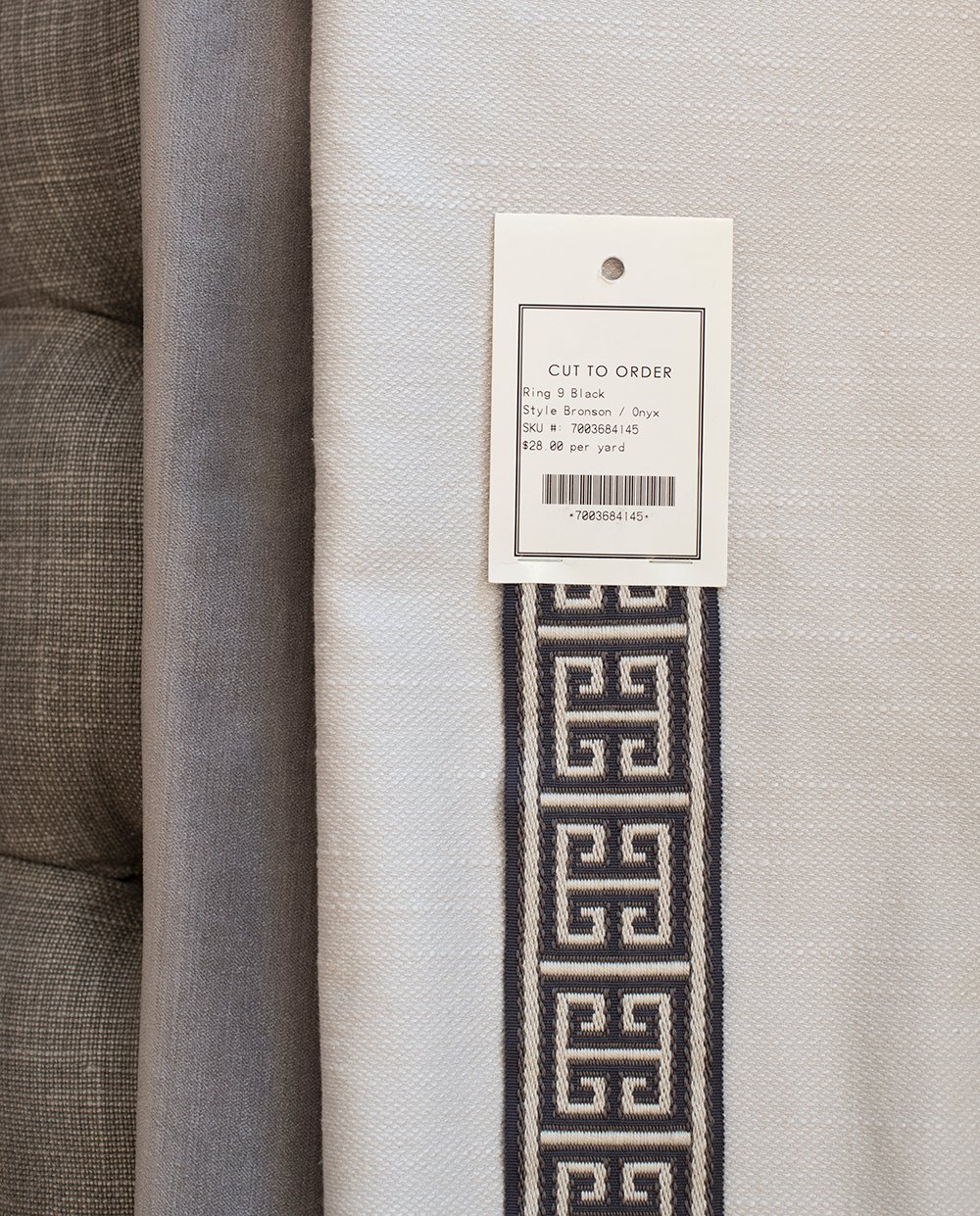
Sometimes that requires starting with a clean slate, getting rid of existing pieces, or rethinking things. Change can be difficult for some clients, but try to think outside the box for the best result. If your designer makes a recommendation, it’s in the best interest of your project. Sometimes it’s tricky for clients to see where their designer is headed with a plan, which causes them to ignore their advice or micromanage. Visuals, swatches, and samples help, but for some- it can be difficult to see the overall concept. The bottom line? Listen to your designer. It’s ok to ask questions and express your concerns, but trust their expertise and process. After all, that’s why you hired them!
9. Crossing Boundaries
I learned about setting boundaries with my clients the hard way. My first year practicing residential interior design, I wanted to be accessible to my clients all the time. I would take calls on weekends, evenings, and even on vacation. I even made the mistake of giving clients my personal cell phone number (in addition to my work number). I was getting lots of texts and calls after my set hours.

Please understand, that like any other profession, designers do not work around the clock. Try to communicate with them during their set business hours. Avoid texting or calling on weekends or during the late evening hours. Understand that your designer is still focused on your project, and they may even be putting in time on your project after hours… but it’s inappropriate to contact them during those times or to expect an immediate response outside of their set window. Would you call your child’s teacher on a Sunday, if you needed something or had a quick question? Probably not. Just be respectful of your designer and their time.
10. Being Impatient
Today, it’s easy to be impatient. We live in a world with instant gratification, same day Amazon deliveries, and HGTV makeovers that are basically finished in a 30-minute episode. That’s not reality when it comes to quality interior design, renovating, and building. Good things and beautiful homes take time. Try to be patient! Your designer will always communicate the schedule as it evolves and inform you of any unforeseen delays. There are a lot of moving parts in the design, renovating, and building process. Your designer also has a team of skilled tradespeople they trust, and will make timing recommendations based on their professional assessment.
Some renovations or new builds can take years to finish. For styling or furnishing an entire home, you’re looking at 5-10 months (maybe more with current lead-times). Your designer will communicate the schedule and timeline… they’ll also do their best to make it happen as planned, but being patient is always worth the wait. You’ll have a beautiful, timeless home at the end of the process, that you’ll enjoy for years to come!

FAQ
Good question! Actually, yes. Depending on a designer’s schedule and how many projects they’re managing, they usually cap it at a specific number. They’re likely to turn you away if their schedule is full or your project does not meet their criteria. Some designers take smaller projects, others only manage full-scale, entire home renovations. Another reason they may refer you to someone else is if your aesthetics don’t align.
I’ll also caution you of this… if you’re a terrible client, they likely won’t work with you again once your project has been completed.
You should have an open conversation about this with your designer. Initially, they want to see what type of items you gravitate toward and welcome inspiration, links, and your wishlist. It’s collaborative! However, once you’re further into the process and things have been nailed down, ordered, and are underway- it’s quite annoying when clients send the dreaded “Oh, what about this instead of this?!” text. That’s just my opinion!
I was lucky to work with some really lovely, incredible people. However, there was one client who presented red flags from the start- I should have proceeded with caution. She micromanaged me, didn’t respect my office hours, and was constantly asking me to share more ideas while simultaneously “joking” that I couldn’t charge her for the extra hours because I couldn’t read her mind. Fast forward months later, we finally land on a design plan she approved, were ready to begin ordering, and then she ghosted me. She took my exact plan to another designer and I saw it on her portfolio a year later. I wasted hours, was not compensated for my time, and clearly it was not a good fit. I talked with the other designer and she agreed it was a nightmare and her firm will never work with that particular client again.

Related
Looking for more interior design related posts? I’m going to link some on managing projects, achieving good design that will withstand the test of time, and managing your contractors. I hope these are helpful if you’re gearing up to renovate!
- Tips for Finding, Hiring, & Managing Reliable Contractors
- The Best Interior Design Books for Timeless Home Inspiration
- How to Make A Physical Interior Design Mood Board
- What It’s Like To Work With An Interior Designer
- The Kitchen Dimensions Every Designer Knows (And You Should Save)
- Designer Lighting Looks for Less: Visual Comfort Dupes
- The Top Black Paint Colors Designers Always Use
- How to Design a Cohesive Home That Flows Room to Room
- Designer Tips for Making Outlets & Light Switch Plates Look Better
- Affordable Window Treatments For a Custom Designer Look
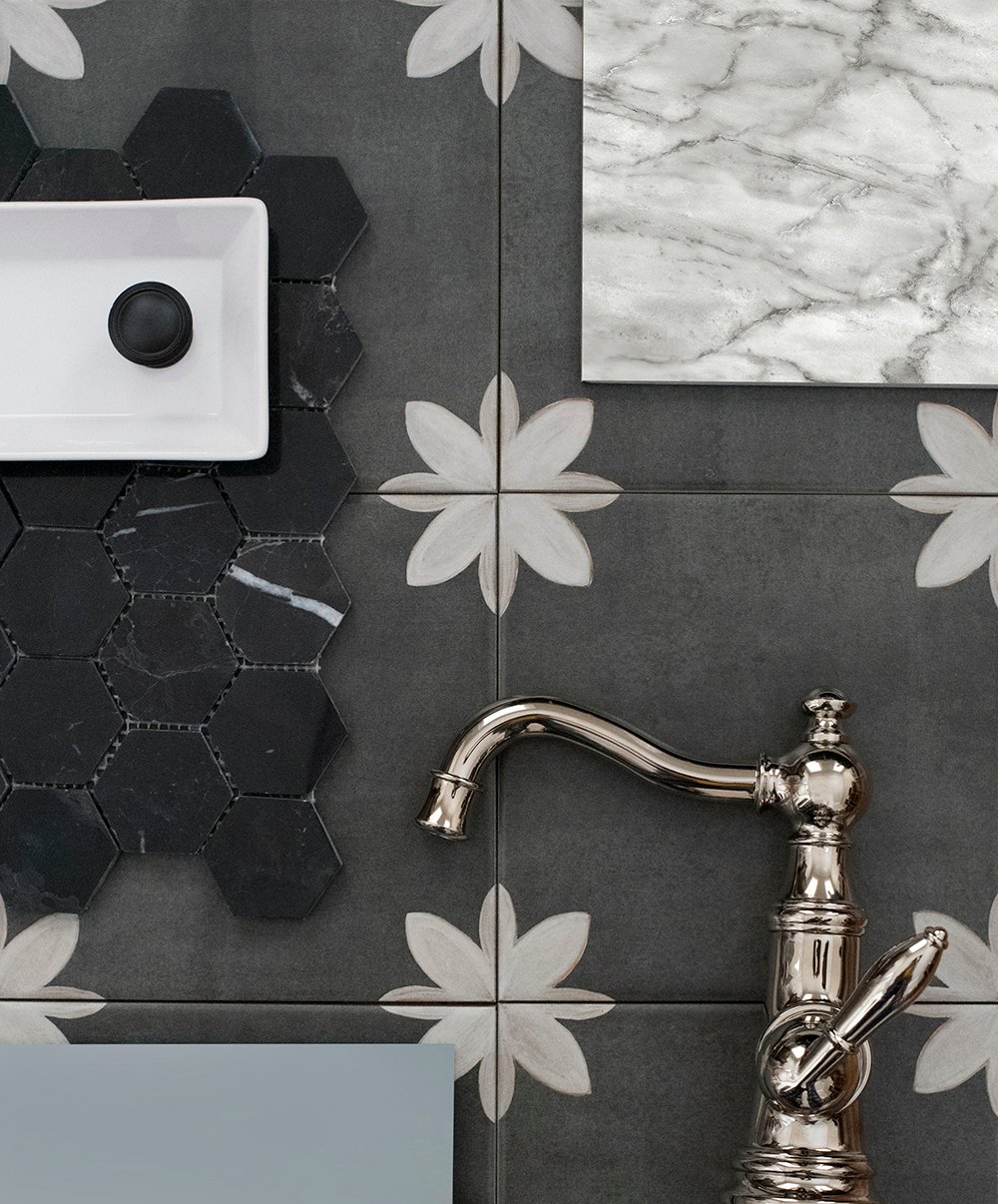
I hope this post was insightful! Whether you’re planning to work with a designer in the future, are a current client, or are just curious about the process- designers have a fun & rewarding, but tough job. Try to be a kind client and cultivate a healthy working relationship with your industry professional. Your project will turn out for the better! Let me know if you have any questions. I’d be happy to share additional information. Kudos to all of my designer friends out there! While I haven’t taken on client projects in years, I love cheering for my friends who are constantly producing gorgeous work for theirs. Someday, I think about opening my books back up, but this time around- I’d be more selective and it would have to be the right project.
The post 10 Ways to Be a Bad Interior Design Client and How to Avoid Them appeared first on Room For Tuesday.



